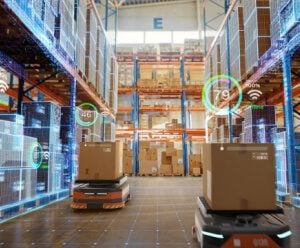同样值得阅读的文章
人工智能驱动的大数据分析――供应链管理领域的下一个大事件
物流专家开始发现人工智能驱动的实时分析在实现更强大、更有韧性供应链所需的可视性方面的价值。
物流专家开始发现人工智能驱动的实时分析在实现更强大、更有韧性供应链所需的可视性方面的价值。

大数据的数量越来越庞大、增长速度越来越快
大数据的数量越来越庞大、增长速度越来越快
2010年到2020年间全世界创建、收集、复制和使用的数据量以及2021年到2025年的预测(单位:千兆字节)
2010年:2万亿
2020年:64万亿
2025年:181万亿
资料来源:Statista全球统计数据库










 简体中文
简体中文